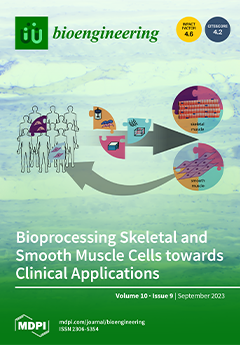(1) Background: The physical fitness (PF) of hearing-impaired students has always been an international research hotspot since hearing-impaired students have difficulty in social interactions such as exercise or fitness programs. Sports interventions are proven to improve the fitness levels of hearing-impaired students; however, few studies evaluating the influence of Cha-cha (a type of Dance sport) training on the PF levels of hearing-impaired students have been conducted. (2) Purpose: This study aimed to intervene in hearing-impaired children through 12 weeks of Cha-cha dance training, evaluating its effects on their PF-related indicators, thus providing a scientific experimental basis for hearing-impaired children to participate in dance exercises effectively. (3) Methods: Thirty students with hearing impairment were randomly divided into two groups, and there was no difference in PF indicators between the two groups. The Cha-cha dance training group (CTG,
n = 15) regularly participated in 90-min Cha-cha dance classes five times a week and the intervention lasted a total of 12 weeks, while the control group (CONG,
n = 15) lived a normal life (including school physical education classes). Related indicators of PF were measured before and after the intervention, and a two-way repeated-measures analysis of variance was performed. (4) Results: After training, the standing long jump (CONG: 1.556 ± 0.256 vs. CTG: 1.784 ± 0.328,
p = 0.0136, ES = 0.8081), sit-and-reach (CONG: 21.467 ± 4.539 vs. CTG: 25.416 ± 5.048,
p = 0.0328, ES = 0.8528), sit-ups (CONG: 13.867 ± 4.912 vs. CTG: 27.867 ± 6.833,
p < 0.0001, ES = 2.4677) and jump rope (CONG: 52.467 ± 29.691 vs. CTG: 68.600 ± 21.320,
p = 0.0067, ES = 0.6547) scores showed significant differences. (5) Conclusions: After 12 weeks of Cha-cha dance training for hearing-impaired students, the PF level of hearing-impaired students in lower-body strength, flexibility, core strength, and cardiorespiratory endurance were effectively improved; however, there was no significant change in body shape, upper-body strength, vital capacity, and speed ability.
Full article






